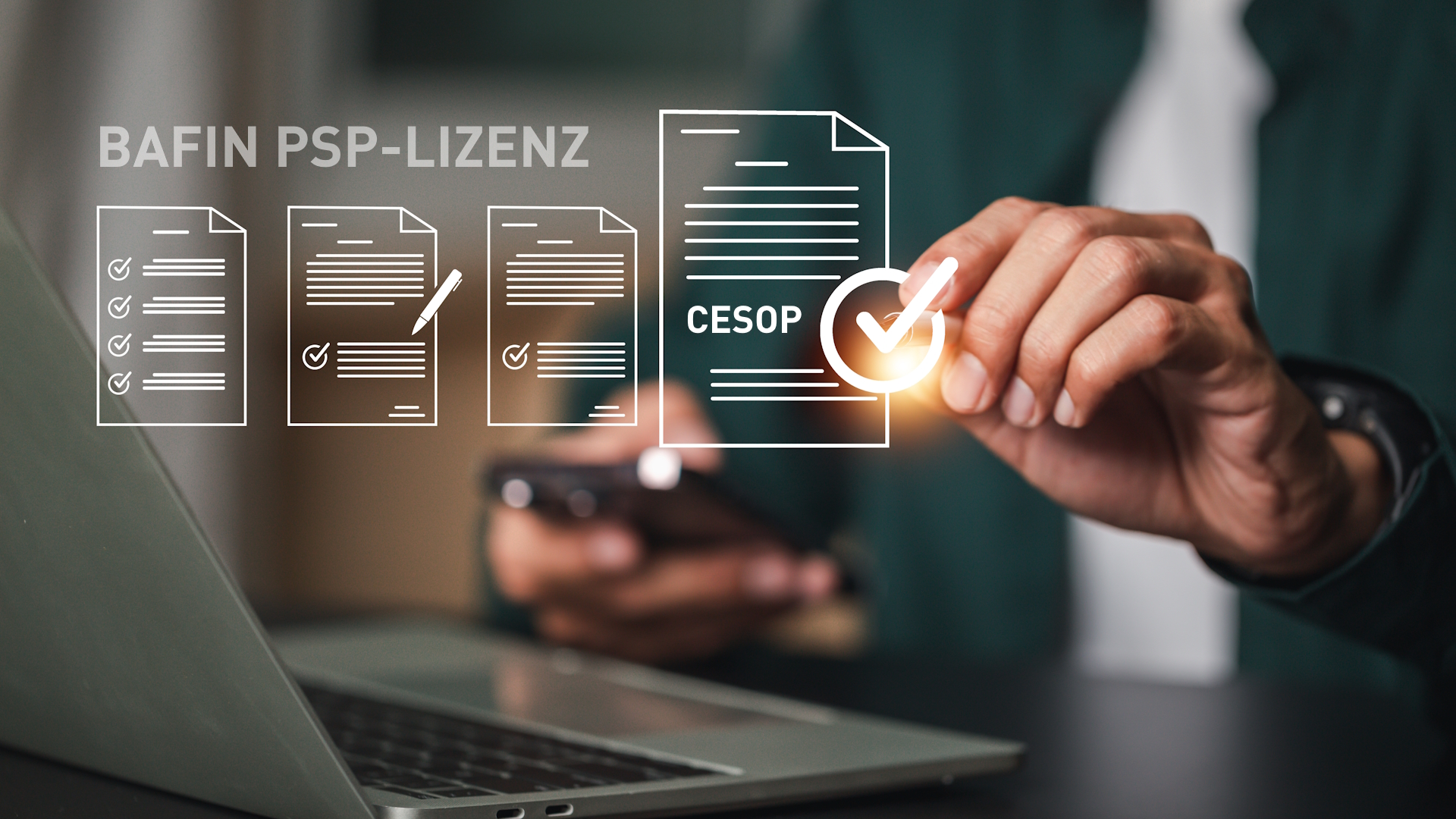How can the digital euro work in everyday life? The European Central Bank (ECB) has tested this in practice for the first time as part of an innovation platform. DPS was involved – together with INIT, the leading international provider of intelligent ticketing systems for public transport. Our joint use case: TapNGo payments in public transport, integrated into a sandbox environment for the digital euro provided by the ECB.
From concept to integration
In the project, we were able to show how the digital euro can be technically integrated into real systems. Our mobile digital wallet communicated with the ECB’s simulated backend via the provided TapNGo ticketing solution using standardised REST APIs. All objects – from transactions to wallets to accounts – were mapped in UUID v4 structures. This setup made it possible to test different payment scenarios such as P2B, P2P and B2P in a realistic manner and to validate the associated processes – such as reservations, funding/defunding processes and end-of-day settlements.
TapNGo as a practical use case
The TapNGo platform provided by INIT proved to be an ideal use case. It enables contactless payment in public transport – without registration and without prior ticket purchase. Passengers check in with a card or smart device, and the MOBILEvario background system bundles all journeys and automatically calculates the cheapest fare according to the best-price principle.
Thanks to its modular architecture and SaaS-based operation, the system could be integrated directly into the digital euro test environment with the digital wallet. A consistent API structure ensured that all transaction data could be transmitted and logged in real time – while still allowing offline capability on the end devices.
Technological insights from the ECB sandbox
For DPS, the project offered a unique opportunity to test architectural and functional requirements for the future infrastructure of the digital euro:
- API compatibility: The sandbox environment was completely REST-based; integration points could be addressed and expanded in a standardised manner.
- Object modelling: All entities had unique randomised UUID v4 identifiers, which allowed for clean traceability and correlation of transactions.
- Data and process flow: We were able to simulate end-to-end processing – from transaction request to settlement. This demonstrated how important structured event handling mechanisms and asynchronous communication are for high performance and stability.
- Interoperability: The integration was completely payment-neutral – a crucial aspect for being able to process not only the digital euro in future, but also solutions such as Wero or other CBDCs via the same wallet infrastructure.
Public transport as a door opener for acceptance
Public transport is an ideal test market for the digital euro: millions of people use it every day without complex onboarding processes or system knowledge. This is where a digital central bank currency can be felt for the first time – secure, immediate and suitable for everyday use.
Integration into INIT’s TapNGo system has shown that technological feasibility and user-friendliness are not mutually exclusive. A uniform interface architecture allows existing payment systems and new CBDC components to be harmoniously connected.
The digital euro will be successful if it fits seamlessly into everyday infrastructure. Public transport shows that the technological foundations have been laid – and the bridge between vision and reality has been built.
Conclusion: From simulation to practice
By participating in the ECB’s innovation platform, we were able to gain practical experience with API communication, data modelling and technical process integration of the digital euro – experience that now gives us a real knowledge advantage.
We use this expertise to help banks, payment service providers and public operators prepare for CBDC readiness at an early stage: through API strategies, test frameworks and integration into existing payment processes.
The insights gained can be applied not only to the digital euro, but also to the integration of other European payment solutions – in particular Wero. In this way, we are laying the foundation for future-proof, interoperable payment infrastructures in Europe.
Further information:
– INIT: Ticketing-as-a-Service with TapNGo
– INITiativ Magazine 2/2025: ‘As secure as cash, as practical as a card’
Note in accordance with ECB communication guidelines:
This project was conducted independently and reflects the sole views and analysis of the authors. The European Central Bank (ECB) did not participate in, contribute to, or endorse any aspect of this work. Any opinions, findings, conclusions, or recommendations expressed herein are entirely those of the authors and do not represent the views or positions of the ECB.










